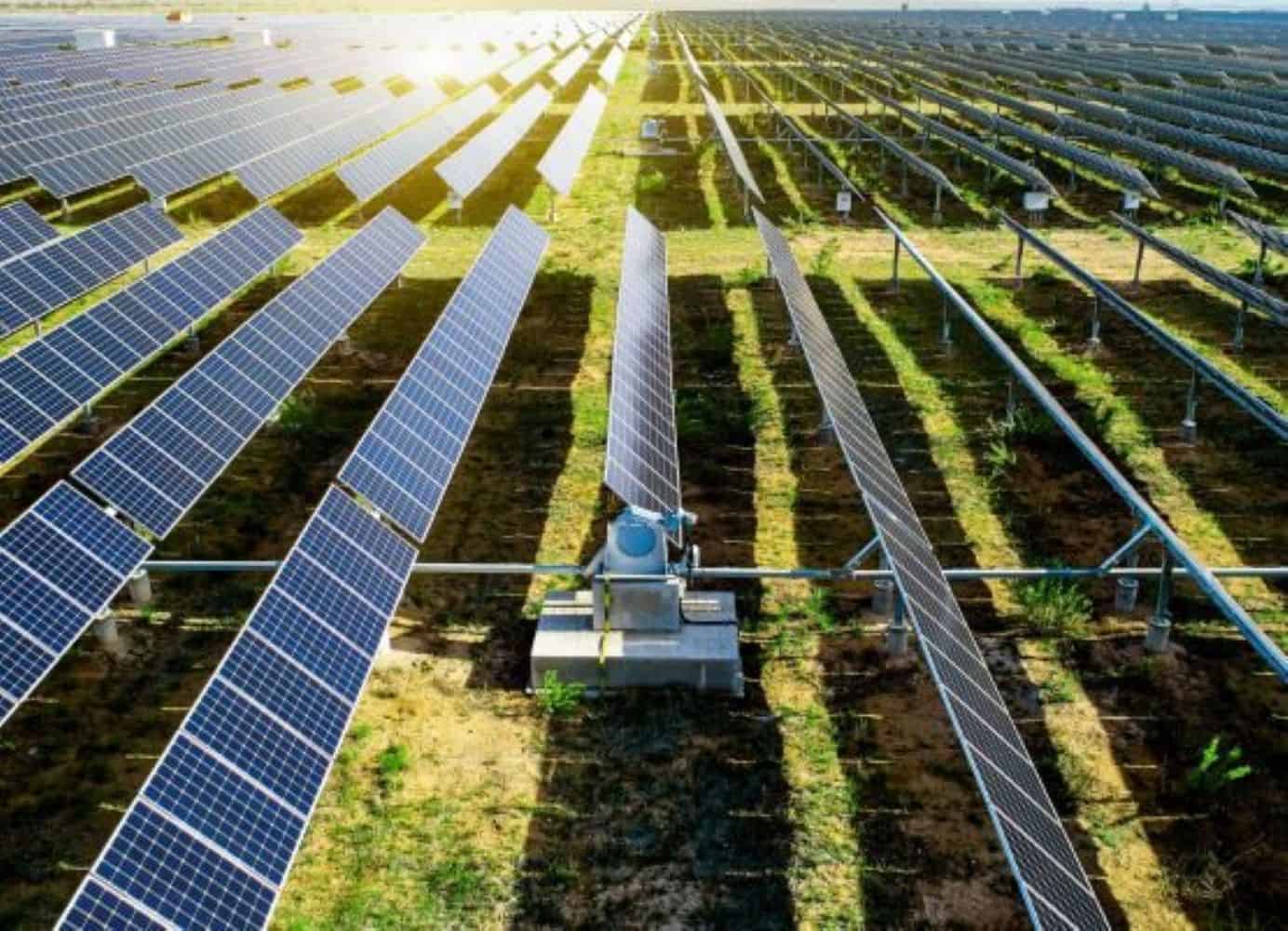But low daytime demand may spoil the party.

The 2025 Renewable Energy Grid Survey shows a sharp increase in the amount of renewable generation capacity industry players hope to build in the next 10 to 12 years.
There are however concerns that limited demand throughout the day may put the brakes on the rapid expansion of solar power in particular.
The results of the survey were shared during a webinar on 27 October by Ronald Marais, strategic grid planning manager at the National Transmission Company of South Africa (NTCSA), a subsidiary of Eskom.
The survey is a joint project between the industry associations for solar and wind energy – the South African Photovoltaic Industry Association (Sapvia) and the South African Wind Energy Association (Sawea) – together with the NTCSA, and is used to inform plans to strengthen and expand the national grid.
It has been conducted annually since 2022, and had 673 participants this year compared to 483 last year.
The joint generation capacity the participants would like to connect to the grid has increased from 134 000MW last year to 220 000MW in the latest poll.
This includes 72 242 megawatts alternating current (MWac) of shovel-ready projects that already have environmental authorisation and an agreement either reached with an offtaker or close to being signed.
Niveshen Govender, CEO of Sawea, says these projects may be in commercial operation in the next seven years. A year ago, this number stood at 60 313MWac.
ALSO READ: Eskom launches Renewable Energy Programme to make SA greener
Projects under development – those in the process of getting environmental approvals and still finalising agreements with intended offtakers – amount to 45 381MWac, up from 31 706MWac in the 2024 survey. Govender says these projects may typically get to commercial operation in the next five to eight years.
Projects in the feasibility or pre-feasibility phase, which according to Govender may start to generate electricity to feed into the grid within 10 to 12 years, amount to 102 407MWac – more than double last year’s 41 729MWac.
The province that stands to get the biggest share of this new generation capacity is the Northern Cape, with 48 613MWac, compared to 29 201MWac planned there a year ago. The Eskom Hydra Central region may get the second-largest share of 31 119MWac, up from 18 744MWac in the 2024 survey.
Gauteng (7 814MWac) and KwaZulu-Natal (3 925MWac) are the least popular provinces among developers.
ALSO READ: Households with solar power in SA score a win after Eskom relents
The grid
Grid constraints are currently top of mind in the renewable energy space, It is virtually saturated in the Eastern, Northern and Western Cape, the areas with the best wind and solar resources.
Marais cautioned that the load (demand) could become a restricting factor in the amount of renewable generation that can be added to the grid. He explained that the load profile throughout the day must be considered.
With the increase in solar generation in the system, the gap between low demand during the day, when solar generation is at its best, and peak periods when it is mostly unavailable, grows.
The system operator needs flexible generation capacity that can ramp up within a few hours – from off-peak to peak – and keep the system stable.
If the gap grows too large for the available flexible generation, it may become necessary to limit the continued development of solar generation in particular.
ALSO READ: How manufacturers can transition to 100% renewable electricity
Deon Conradie, an electricity pricing specialist, says the increased addition of renewable energy should, in the longer term, dampen the rise in electricity tariffs. Equally, the large number of prospective renewable energy developers may heighten competition for available demand, strengthening the negotiating power of offtakers to secure lower tariffs.
However, a shortage of flexible generation to enable the system operator to manage the gap between off-peak and peak periods may necessitate the curtailment of some renewable generation, and even slow or halt the addition of new projects to the grid.
This, he says, could interrupt the continued decline in especially solar energy prices, leading to a bottoming out of solar price reductions.
This article was republished from Moneyweb. Read the original here.






